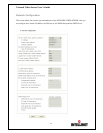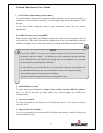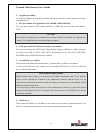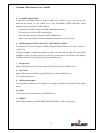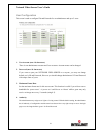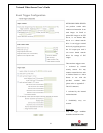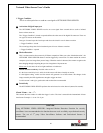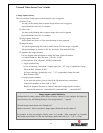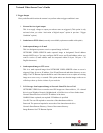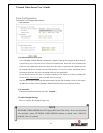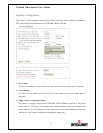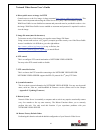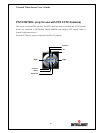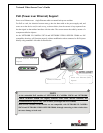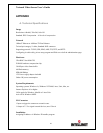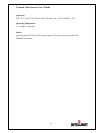
Network Video Server User’s Guide
42
3. Trigger Output
Here you define which action the camera is to perform when a trigger condition is met.
1. External devices signal output
This is to supply voltage to output port when events are triggered. (This option is only
activated when you select “Activation of digital output” option in previous “Trigger
Condition” option.)
2. Send alarm to ETSP client (currently not available, option not useable at this point)
3. Send captured image via E-mail
This is to designate a person to receive captured image via Email.
NETWORK VIDEO SERVER sends captured image to designated E-mail address
through SMTP server. You may configure SMTP server and E-mail address where you
want to receive. (E-mail address must be composed within 50 bytes. 50 bytes = 50
English characters).
4. Send captured image to FTP server
This is to send captured image from NETWORK VIDEO SERVER when an event is
triggered. Enter ftp server IP address, User ID and Password and select directory to save
image. The FTP Rename Option should be used if the camera is set to replace an existing
image on a server every xx seconds. This option makes sure that the image on the server
will always show up for the visitors of your web site.
5. LAN Storage: Send captured image to Network Share/File Server/NAS
NETWORK VIDEO Server can also store JPG images on a Network drive, i.E. a shared
drive in your Windows Network Neighborhood, a NAS device or a Linux Samba share.
Network Share/File Server/NAS IP: IP Address of the share.
NetBIOS Name: optional, not required if IP Address is specified
User ID: The user ID required to access the of the shared network drive
Password: The password required to access the of the shared network drive
Network Share/Remote Directory: Name of the remote directory.
Image Rename: See FTP Rename Option.



